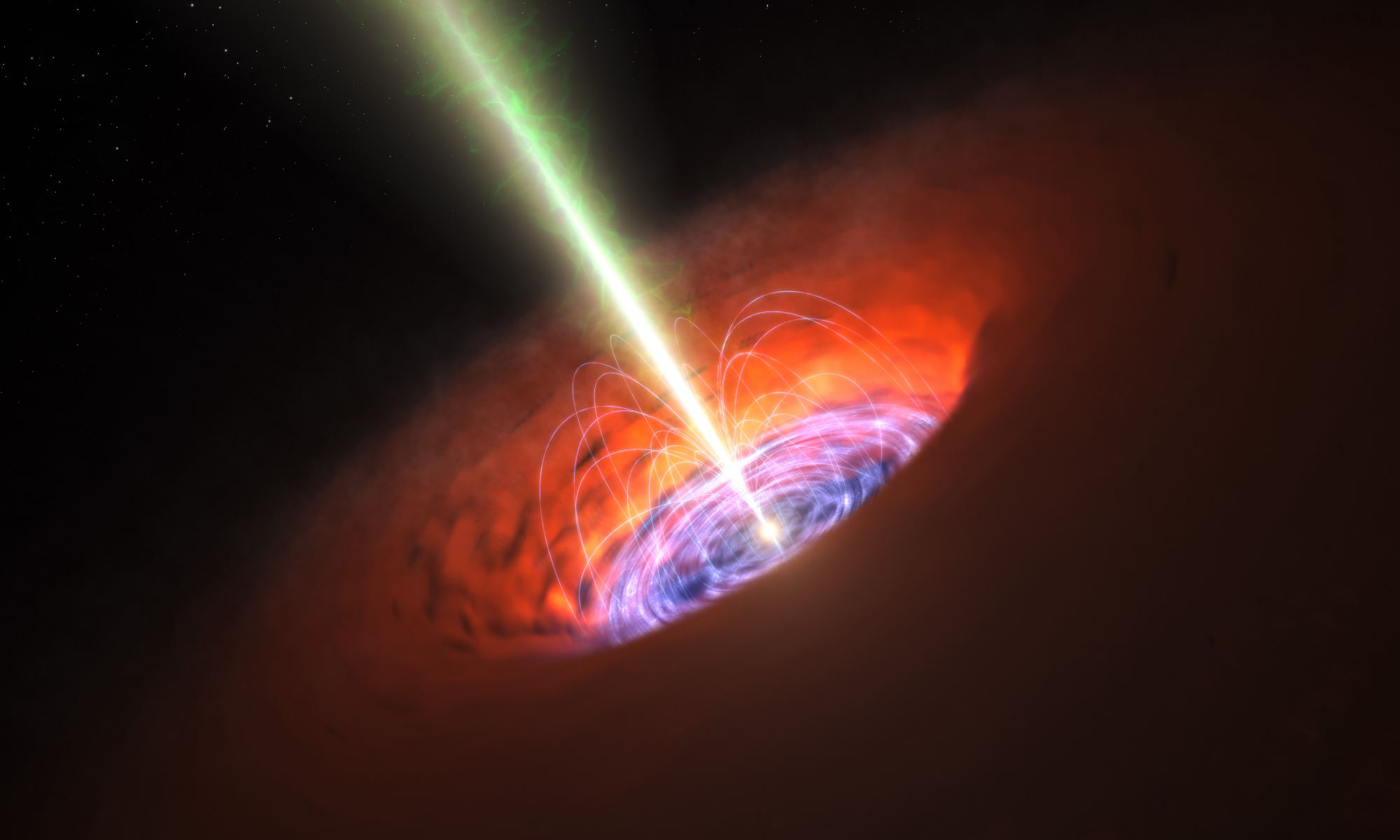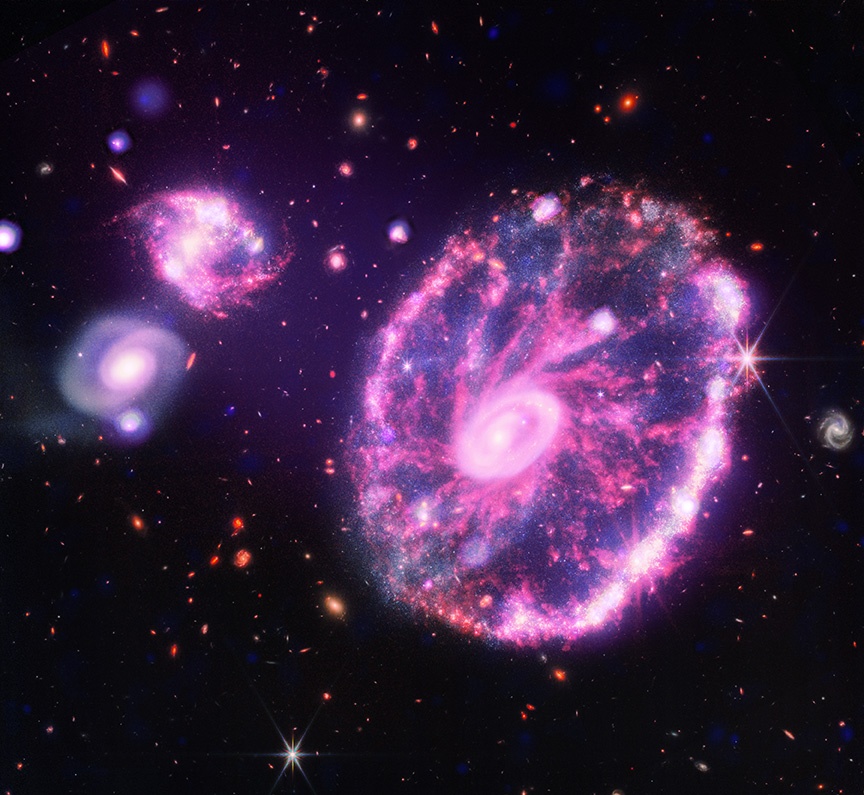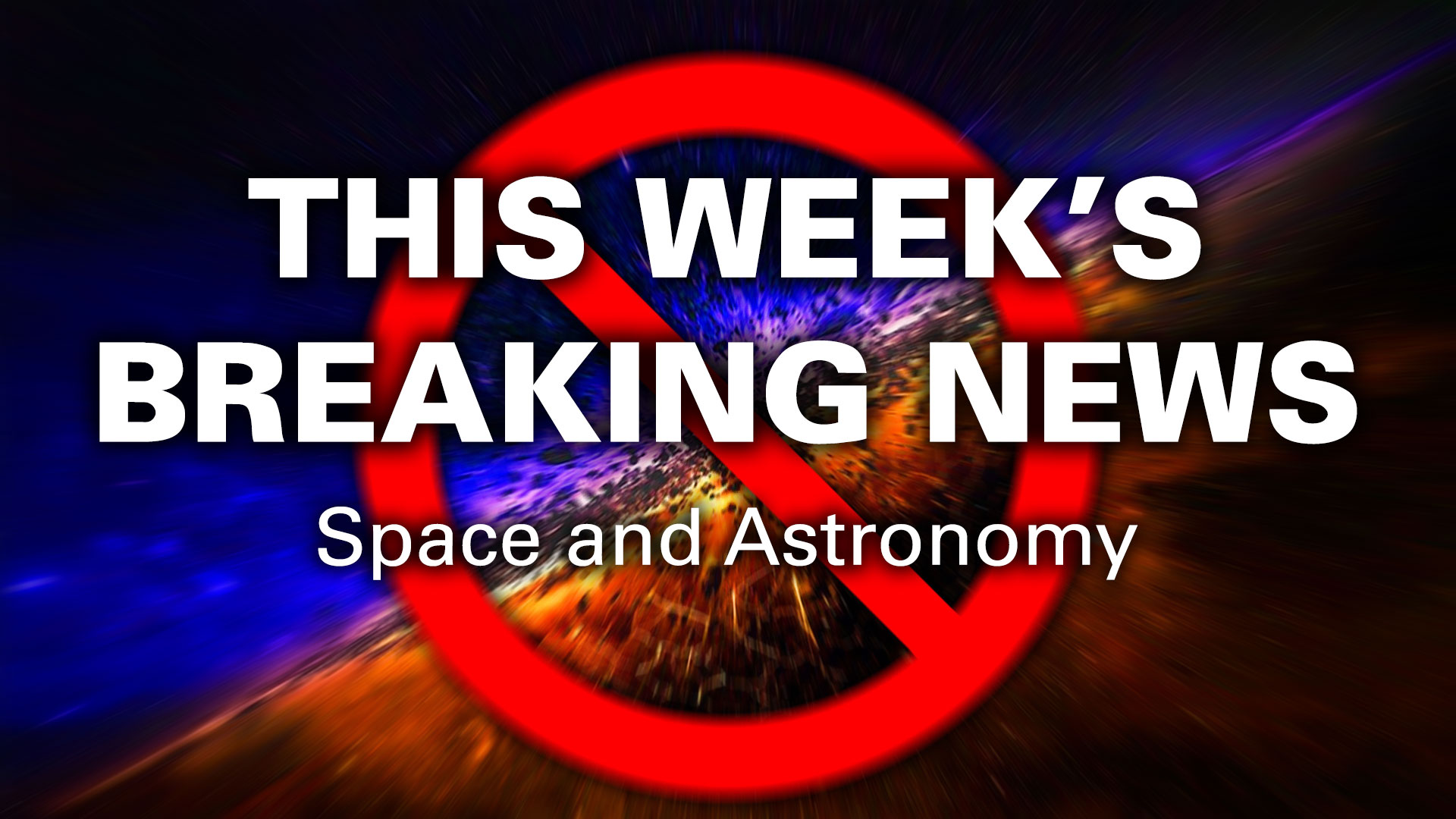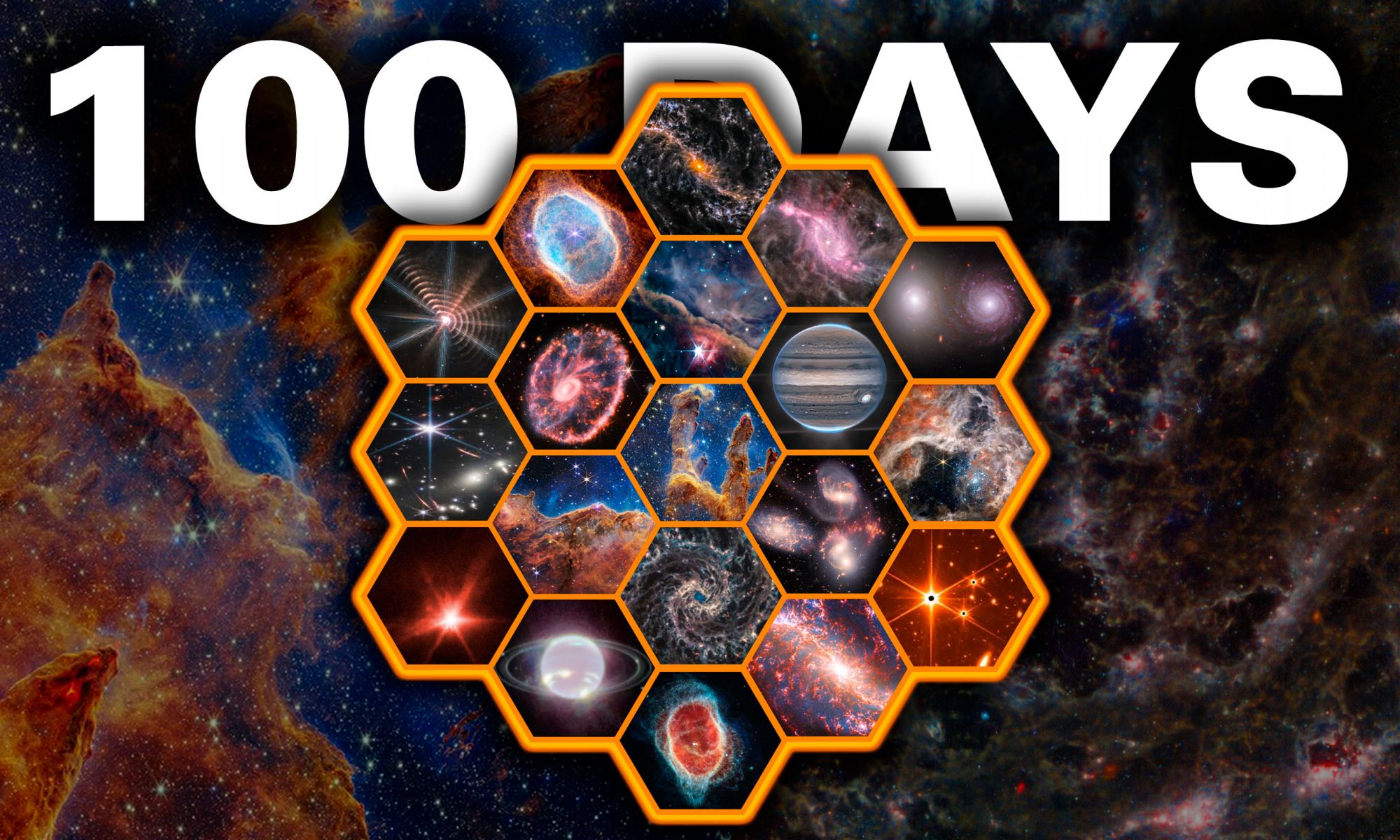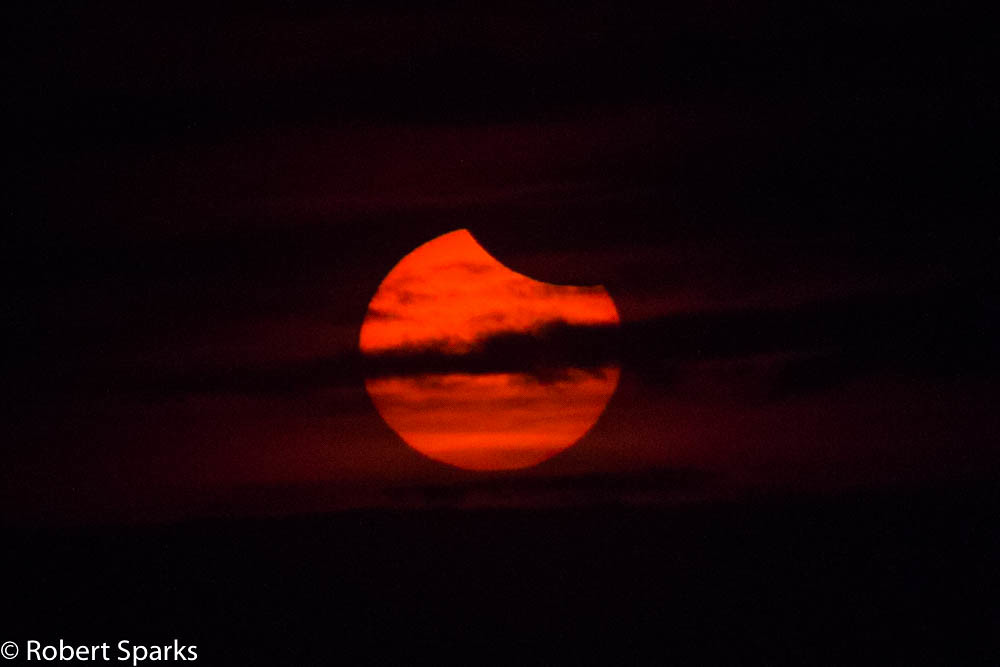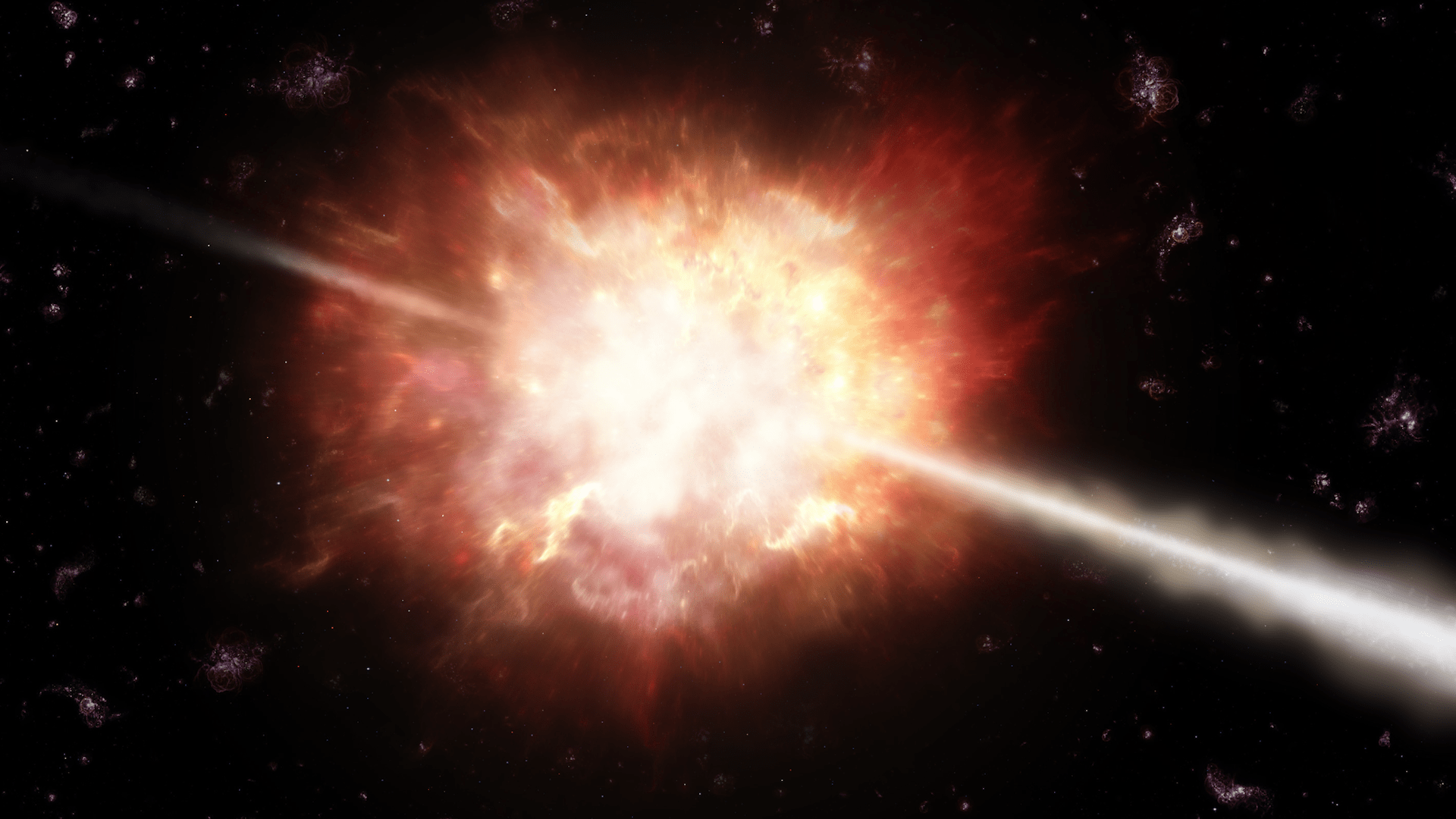It’s been a banner time for black hole research! In recent months, astrophysicists have announced the discovery of the most powerful gamma-ray burst ever recorded (due to the formation of a black hole), a monster black hole in our cosmic backyard, the frame-dragging effects of a binary black hole, and the remains of the 2017 Kilonova event (spoiler alert: it was a black hole). And with the help of citizen scientists, a team of astronomers recently discovered a unique black hole in a galaxy roughly one billion light-years away that’s hurling a relativistic jet at another galaxy.
Continue reading “A Black Hole is Hurling a jet of Material at its Neighboring Galaxy”Chandra’s X-ray Vision Combined With JWST Reveals Even More Details About the Universe
NASA scientist have released images combining the early data from the James Webb Space Telescope with X-ray data taken with the Chandra Observatory. Besides their beauty, the images offer insights into the inner workings of some of the most complex astrophysical phenomena in the universe.
Continue reading “Chandra’s X-ray Vision Combined With JWST Reveals Even More Details About the Universe”No More Big Rip, Pillars of Creation by JWST, Biggest Gamma-Ray Burst Ever
The Pillars of Creation revealed by JWST. It seems like Big Rip isn’t happening after all. Black holes twisting spacetime into knots. Jets that seem to be going faster than the speed of light.
Continue reading “No More Big Rip, Pillars of Creation by JWST, Biggest Gamma-Ray Burst Ever”Nitrous Oxide, aka “Laughing gas”, Could be an Indication of Life in an Exoplanet

A team of astronomers have proposed to hunt for signs of life by looking for the signature of nitrous oxide in alien atmospheres. It’s laughing gas, but it’s no joke.
Continue reading “Nitrous Oxide, aka “Laughing gas”, Could be an Indication of Life in an Exoplanet”A Monster Black Hole has Been Found Right in our Backyard (Astronomically Speaking)
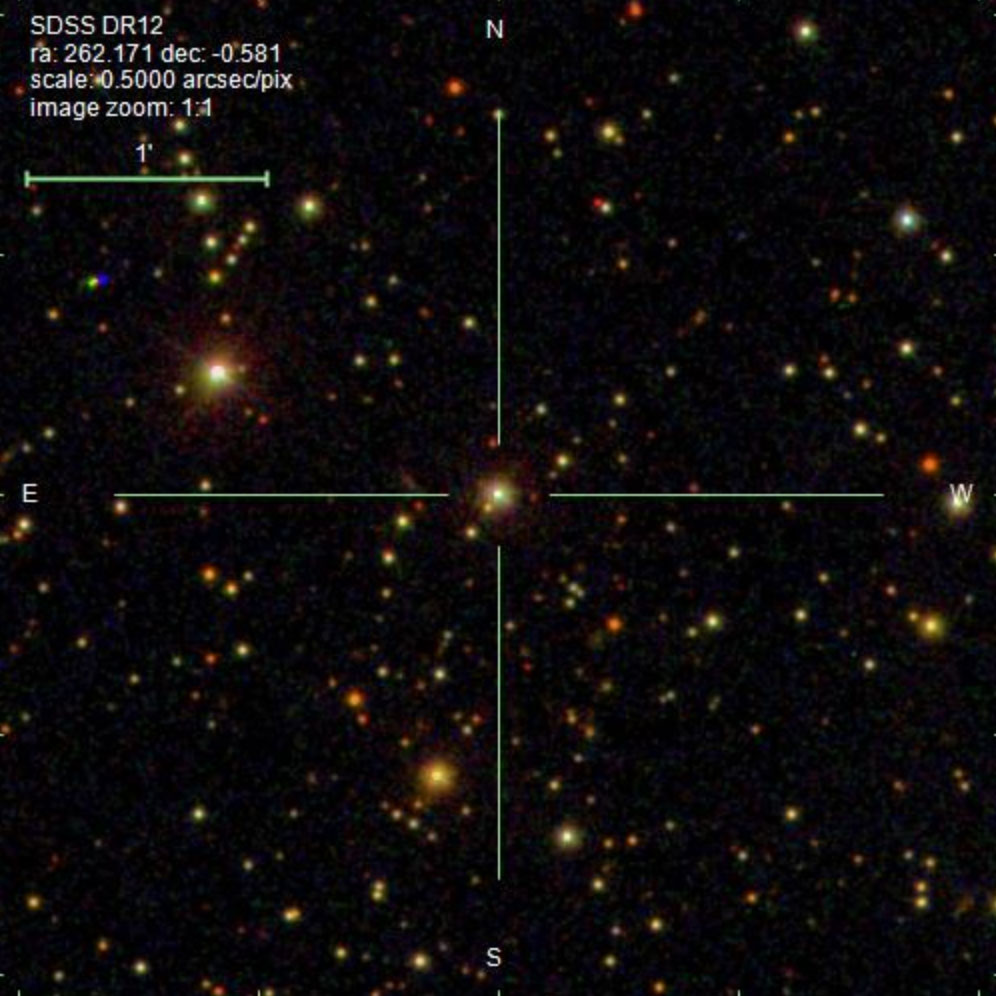
Black holes are among the most awesome and mysterious objects in the known Universe. These gravitational behemoths form when massive stars undergo gravitational collapse at the end of their lifespans and shed their outer layers in a massive explosion (a supernova). Meanwhile, the stellar remnant becomes so dense that the curvature of spacetime becomes infinite in its vicinity and its gravity so intense that nothing (not even light) can escape its surface. This makes them impossible to observe using conventional optical telescopes that study objects in visible light.
As a result, astronomers typically search for black holes in non-visible wavelengths or by observing their effect on objects in their vicinity. After consulting the Gaia Data Release 3 (DR3), a team of astronomers led by the University of Alabama Huntsville (UAH) recently observed a black hole in our cosmic backyard. As they describe in their study, this monster black hole is roughly twelve times the mass of our Sun and located about 1,550 light-years from Earth. Because of its mass and relative proximity, this black hole presents opportunities for astrophysicists.
Continue reading “A Monster Black Hole has Been Found Right in our Backyard (Astronomically Speaking)”First 100 Days of James Webb. Everything You Need to Know
Exactly 100 days ago NASA revealed the first images from James Webb Space Telescope. Carina nebula, SMACS 0723, WASP-96b, Southern Ring Nebula and Stephan’s Quintet. Since then we have had a lot of great images, science papers and other releases from JWST. So here’s an overview of everything you need to know about James Webb’s discoveries in its first 100 days.
Continue reading “First 100 Days of James Webb. Everything You Need to Know”What’s the Best Shielding to Protect Astronauts on Mars?
New research shows that the best way to protect future Martian astronauts from deadly solar radiation is as simple as can be. For good shielding, they just need to put as much stuff between them and the sky as possible.
Continue reading “What’s the Best Shielding to Protect Astronauts on Mars?”Our Guide to Tuesday’s Partial Solar Eclipse for Europe
Europe, the Middle East, and northeast Africa will see the final partial solar eclipse of 2022 next Tuesday.
When it comes to eclipses, a close shave is better than nothing at all. Just such event happens this coming Tuesday on October 25th when the outer shadow of the Moon grazes the northern hemisphere of the Earth, resulting in a fine partial solar eclipse for Europe and surrounding regions.
Continue reading “Our Guide to Tuesday’s Partial Solar Eclipse for Europe”Astronomers Just saw the Most Powerful Gamma-ray Burst Ever Recorded
Gamma-ray bursts (GRBs) are one of the most mysterious transient phenomena facing astronomers today. These incredibly energetic bursts are the most powerful electromagnetic events observed since the Big Bang and can last from a few milliseconds to many hours. Whereas longer bursts are thought to occur during supernovae, when massive stars undergo gravitational collapse and shed their outer layer to become black holes, shorter events have also been recorded when massive binary objects (black holes and neutron stars) merge.
These bursts are characterized by an initial flash of gamma rays and a longer-lived “afterglow” typically emitted in X-ray, ultraviolet, radio, and other longer wavelengths. In the early-morning hours on October 14th, 2022, two independent teams of astronomers using the Gemini South telescope observed the aftermath of a GRB designated GRB221009A. Located 2.4 billion light-years away in the Sagitta constellation, this event was perhaps the closes and most powerful explosion ever recorded and was likely triggered by a supernova that gave birth to a black hole.
Continue reading “Astronomers Just saw the Most Powerful Gamma-ray Burst Ever Recorded”Here’s Webb’s View of the Pillars of Creation
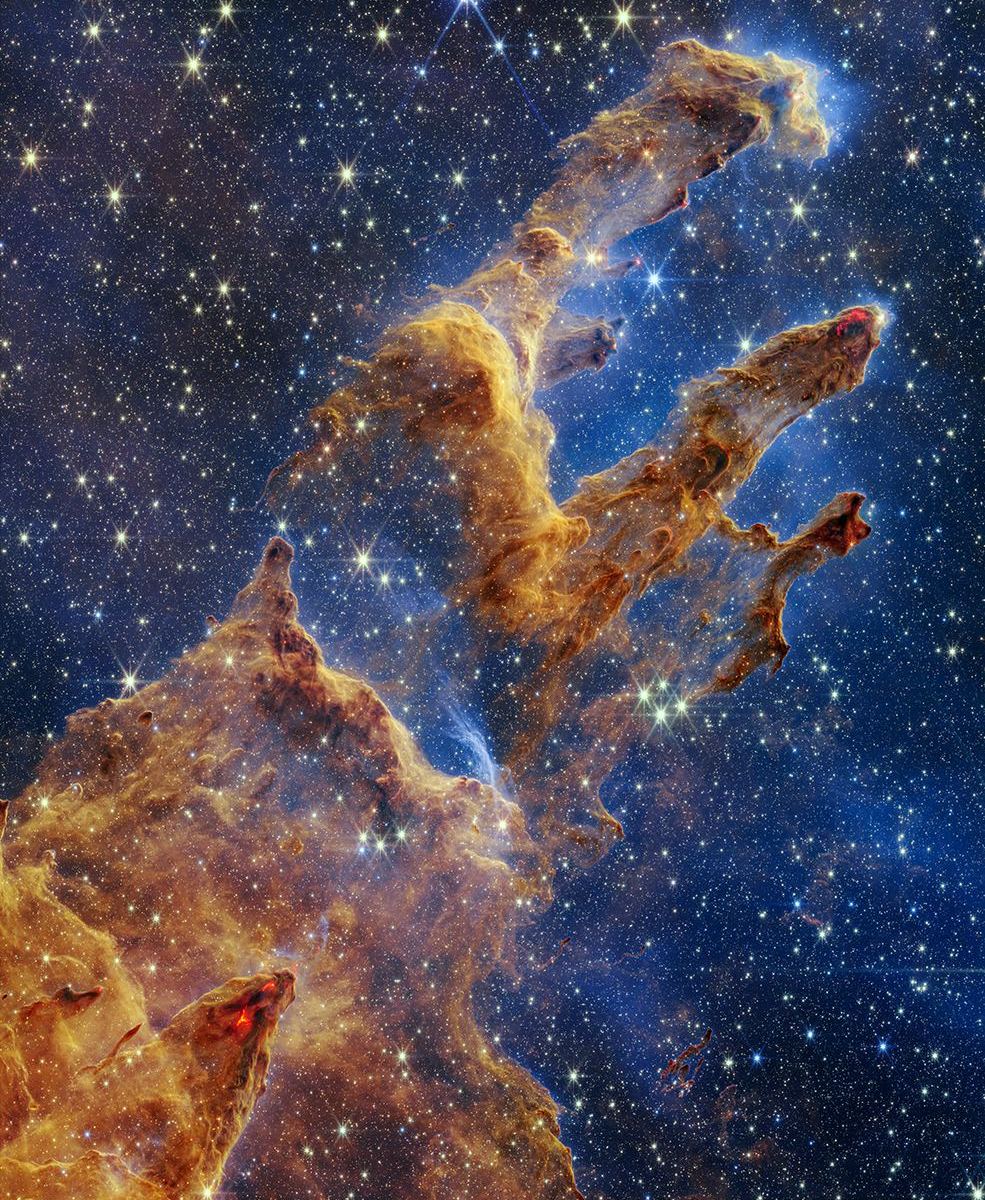
The James Webb Space Telescope is living up to expectations. When it was launched, NASA Administrator Bill Nelson said it would “… open up secrets of the universe that will be just stupendous, if not almost overwhelming.” Nelson’s statement rings true a few months into the telescope’s multi-year mission.
Continue reading “Here’s Webb’s View of the Pillars of Creation”
